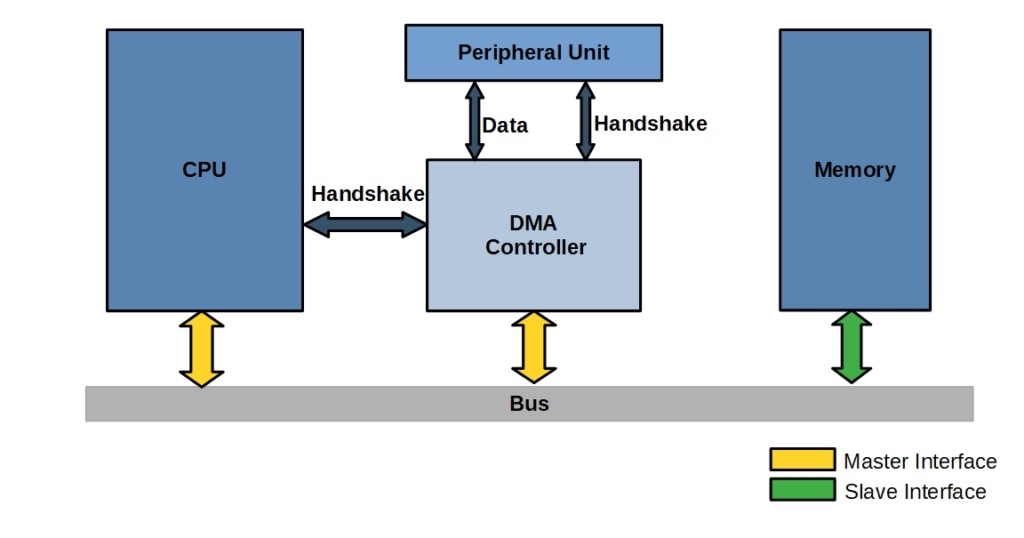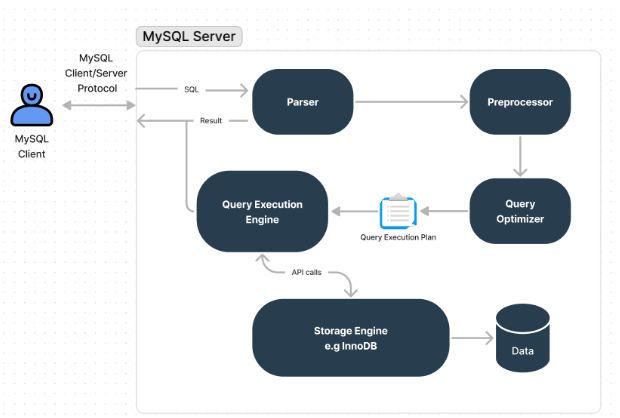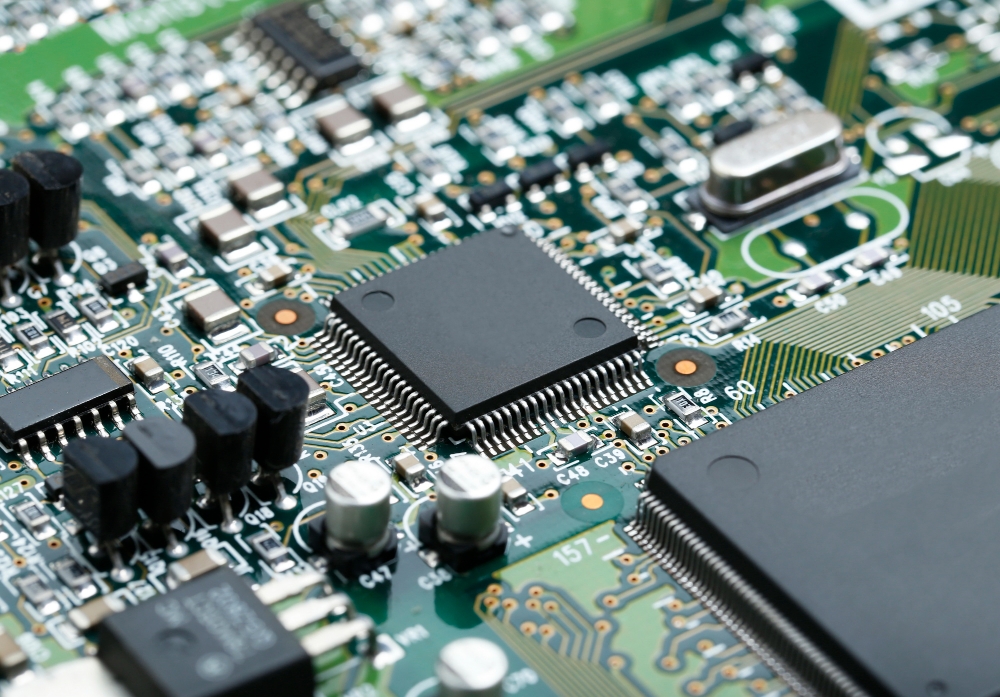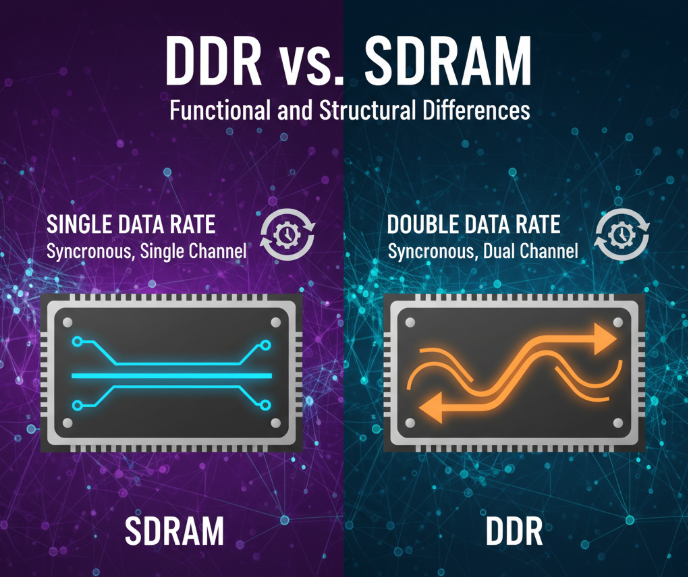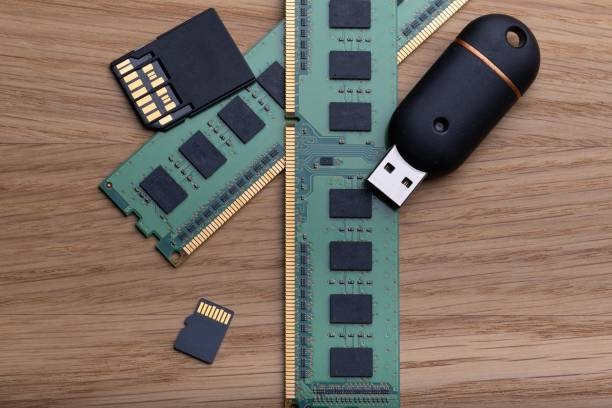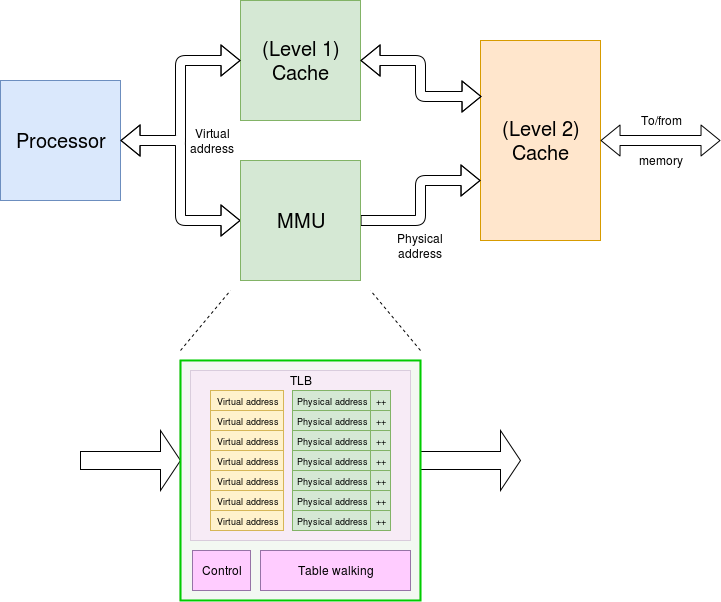The PCI-SIG recently released version 0.9 of the PCIe 7.0 specification, the final draft before its official launch expected later in 2025. This milestone signals significant advancements in interconnect technology, doubling the data rate of PCIe 6.0 to meet the demands of data-intensive applications. Meanwhile, PCIe 6.0 is gaining traction in commercial development, though widespread adoption remains on the horizon.
PCIe 7.0 Specification Highlights
The PCIe 7.0 specification targets a raw bit rate of 128 GT/s, delivering up to 512 GB/s of bi-directional bandwidth in an x16 configuration. Key features include:
- PAM4 Signaling: Utilizes four-level pulse amplitude modulation for efficient data encoding.
- Optimized Channel Design: Enhances signal integrity over longer distances, ensuring stability at high speeds.
- Low-Latency FEC: Implements forward error correction to maintain data accuracy with minimal delay.
- Power Efficiency: Improves energy consumption for sustainable performance.
- Backward Compatibility: Supports all prior PCIe generations for seamless integration.
Designed for hyperscale data centers, high-performance computing, military/aerospace, and emerging applications like AI, machine learning, 800G Ethernet, and cloud computing, PCIe 7.0 aims to address the growing need for high-bandwidth, low-latency interconnects.
Optical Innovations in PCIe 7.0
As electrical signaling faces challenges like signal attenuation at high speeds, optical interconnects are being explored to enhance PCIe 7.0¡¯s capabilities. At PCI-SIG DevCon 2024, Cadence demonstrated a low-latency, linear optical connection achieving 128 GT/s, delivering 512 GB/s bi-directional bandwidth in an x16 setup. Synopsys showcased the first optical-based PCIe 7.0 IP, integrating OpenLight photonic ICs with its PCIe 7.0 PHY and controller IPs for robust electro-optical performance. These advancements highlight the potential of optical solutions to overcome copper-based limitations, though PCI-SIG has not yet mandated optical interfaces for PCIe 7.0.
PCIe 7.0 IP Developments
Rambus unveiled its PCIe 7.0 IP portfolio at DevCon 2024, including a controller, retimer, and multi-port switch optimized for AI and high-performance computing. The controller supports 128 GT/s, low-latency FEC, fixed-size FLIT encoding, and AMBA AXI interconnects, while offering advanced security via an IDE engine. The retimer and switch provide low-latency signal regeneration and flexible architectures, ensuring robust performance for next-generation applications. These developments indicate strong industry momentum toward PCIe 7.0 adoption.
PCIe 6.0 Commercialization Progress
While PCIe 7.0 advances, PCIe 6.0 is moving toward commercialization, though consumer products remain limited. At FMS 2024, Micron demonstrated a PCIe 6.0 SSD with sequential read bandwidth exceeding 26 GB/s, aimed at fostering ecosystem development. At DesignCon 2025, Astera Labs showcased interoperability between its PCIe 6.0 switch and a Micron PCIe 6.0 SSD, achieving up to 27 GB/s¡ªnearly double the 14.5 GB/s of PCIe 5.0 SSDs. These demonstrations underscore PCIe 6.0¡¯s potential in storage, but full market adoption is expected to take several years.
Market Context and Outlook
PCIe 5.0 is currently the mainstream standard, with PCIe 6.0 products emerging primarily for enterprise applications. PCIe 7.0, targeting 2027 for initial device availability, is unlikely to reach consumer markets soon, as high-end GPUs barely saturate PCIe 5.0 bandwidth. The focus for PCIe 7.0 lies in data-intensive sectors, with ongoing work on PCIe 8.0 already underway to push bandwidth further. The integration of optical interconnects and emphasis on power efficiency will shape the future of PCIe standards.
 ALLPCB
ALLPCB


